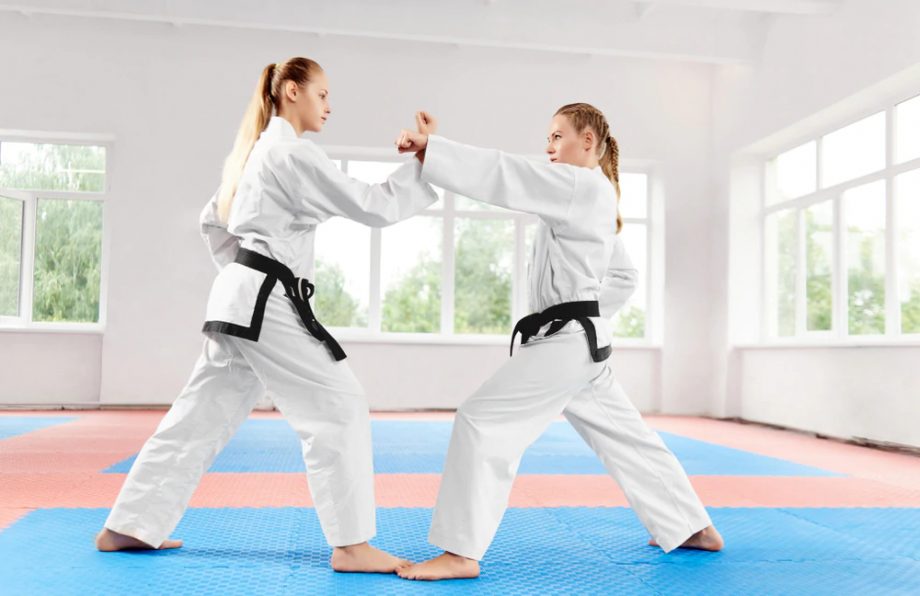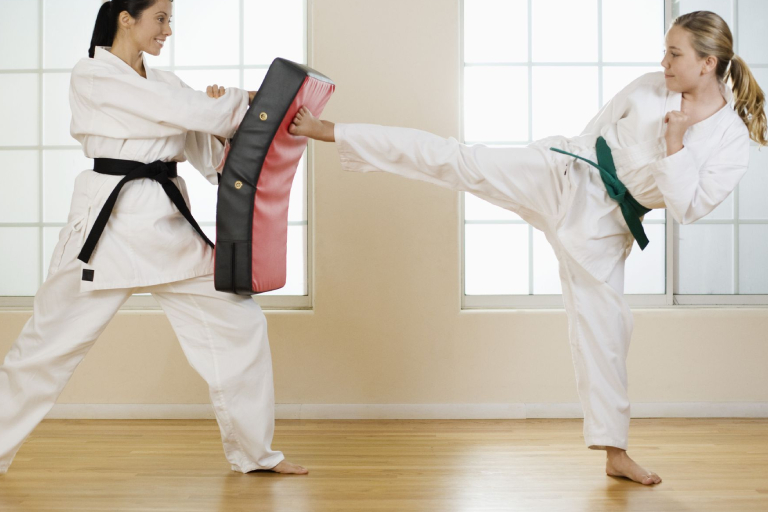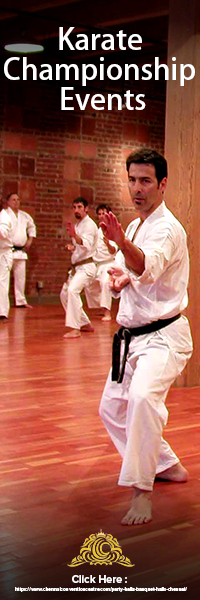The Differences Between The Four Major Karate Styles
While many martial arts exist, the four major styles of Karate – Shotokan, Kyokushin-Kai (Kyokuken), Wado Ryu and Uechi Ryū – have distinctive differences. For example:
Shotōken is characterized by its more defensive stance in which one leg always covers the other while practitioners often use their forearms to block or deflect strikes. On a similar note, Kyoku Shinko Ken focuses on hard contact with fists and blocking techniques using an open hand called “sanchin”. While both these schools focus primarily on striking methods such as that might be commonly seen today at MMA tournaments where competitors hit each other until someone falls; it’s
Basics of Karate:
Although karate first gained popularity in the 17th century, it is still a popular martial technique with its roots dating back to ancient China. Karate emphasizes discipline and control of an individual’s body as weapons rather than man-made ones. It teaches students how to use their kicks, punches, and blocks to defend themselves from any aggressor who may attack them unexpectedly on the street or elsewhere due to various circumstances such as robbery attempts or other nefarious reasons like stalking for instance.
In this time of great uncertainty, karate is more important now than ever. It’s not just a game: it’s a way to learn self-discipline and have fun at the same time! Whether you’re looking for mental or physical development, different styles will suit your needs best.
Styles of Karate
The four main styles of karate are Goju-ryu, Shotokan-ryu, Wado-ryu and Shito-Ryu. Every style is established on the fundamentals set forth by Gichin Funakoshi’s Karate. Each form provides a unique way to stand out among these different forms while highlighting what makes it distinct from other fighting techniques in general:
Goju-ryu:
Goju-ryu is a type of karate that, like jujitsu, consists of formidable counterstrike movements in the offensive positions and soft and circular blocks in defence. In addition to this unique aspect, Goju-ryu has stances that differ depending on what kind of attack it’s defending against – whether high kicks are coming at them from above or low attacks come up from below! It also employs breathing techniques to demonstrate differences between styles through hard or soft moves.
Shotokan-ryu:
Shotokan is a martial art style founded by Gichin Funakoshi and named after his poetry penname. After studying in Okinawa, he travelled to mainland Japan. He established this form of fighting that employs wide stances and linear approaches; it allows students to deliver striking attacks with their hands, elbows, knees, or feet quickly for maximum effectiveness. This particular style has been popular well overseas because its quickness makes it more accessible than other forms, which rely on agility instead of sheer force from strength alone.
Wado-Ryu:
Wado-Ryu is a traditional martial arts style that had its beginnings in Shotokan-ryu. It focuses on the harmony of movements and dodging assaults rather than focusing on contact sparring– two things that set it apart from other styles of karate.
Shito-ryu:
Shito-ryu is a style of karate that focuses on landing precise strikes and has a strong focus on technique, as seen by the fifty different types of attacks students learn. Students can be examined in their mastery over these moves through demonstrations or competitions to demonstrate full control with solid stances to complete them. This fourth type requires strength and precision for its powerful blows, so while there are no techniques from other styles incorporated into this one, certain aspects such as stance have been modified slightly for effectiveness when compared against an opponent without weapons.
Types Of Other:
There are many different styles of karate, but four main ones. Traditional Karate focuses on self-development and discipline; Shotokan is associated with speed and power as well as mental control while practising techniques that take only a few seconds to be executed; Wado-Ryu emphasizes balance in addition to the right way of living one’s life through training methods including weapons practice for physical improvement in coordination skills such as punches or kicks.; And Kyukoshin Ryu teaches how “kiai” (or breath) can protect against opponents without using force by blending strength from every part of your body at once.
Kyusho Jitsu was developed because modern-day societies have now evolved beyond hand combat due to new technologies like
For You, Karate:
Karate is a type of martial art developed in Okinawa, Japan. It was originally derived from the Chinese Quan Fa tradition and later became one of many styles collectively named Kenpo by Okinawans. There are four diff types of karate : Shotokan-ryu, Wado-Ryu, Shito ryu and Goju – Ryu, which all originated as self-defence techniques for use against foreign invaders or rival clans within Japanese society. While there are certain variations between each style, their shared purpose remains focused on mental and moral strength through teachings specific to each school. However, some schools may emphasize one than others depending upon its founders’ philosophy, such as Shotokan’s focus on physical training while being non-competitive.







